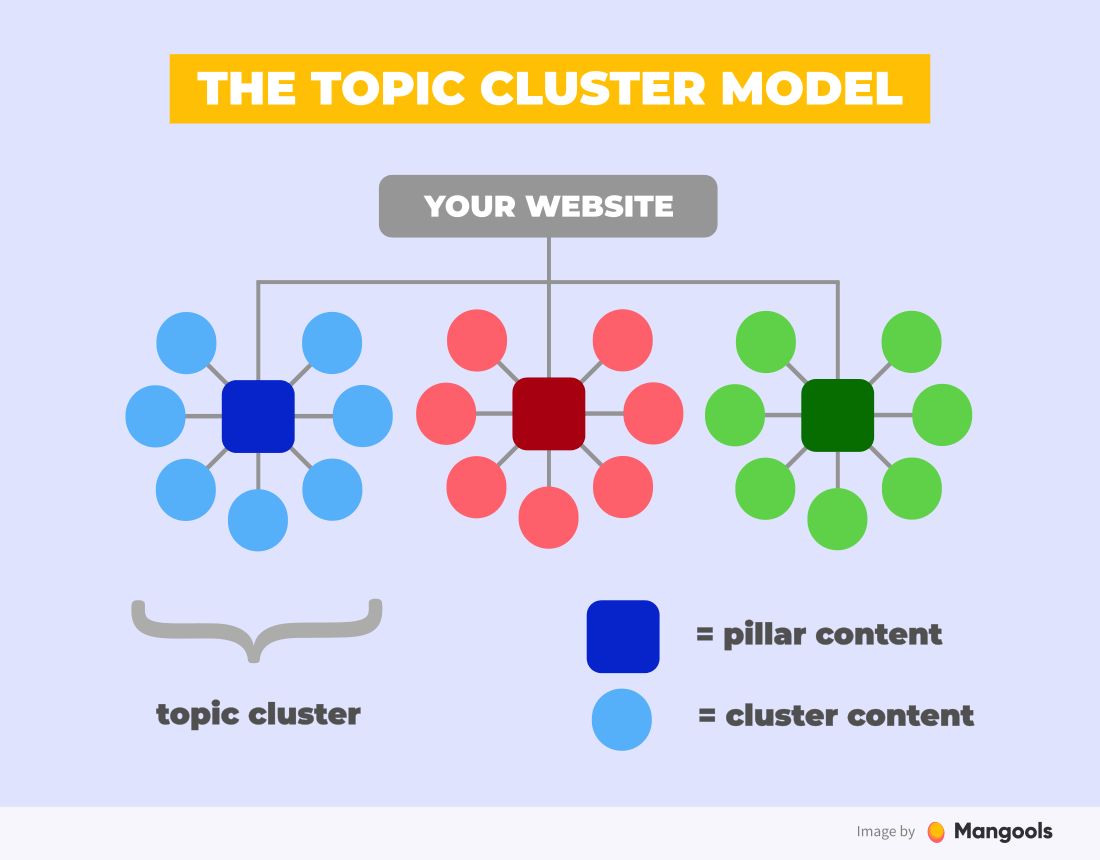
The number of Han immigrants gradually increased in the early 18th century under Qing Dynasty rule after the government began permitting development in the area. Prior to the significant influx of Han Chinese immigrants, the region of Taipei Basin was mainly inhabited by the Ketagalan plains aborigines. Taipei's Old North Gate, completed in 1884 Due to the ambiguous political status of Taiwan internationally, the term Chinese Taipei is also frequently used as a synonym for the entire country, as when Taiwan's governmental representatives participate in international organizations or Taiwan's athletes compete in international sporting events. In English-language news reports, the name Taipei often serves as a synecdoche referring to central government of Taiwan. Natural features such as Maokong, Yangmingshan and hot springs are also well known to international visitors. Popular shopping districts including Eastern District of Taipei and Ximending as well as several night markets dispersed throughout the city. Taipei is home to various world-famous architectural or cultural landmarks, which include Taipei 101, Chiang Kai-shek Memorial Hall, Dalongdong Baoan Temple, Hsing Tian Kong, Lungshan Temple of Manka, National Palace Museum, Presidential Office Building and Taipei Guest House. The city is served by two airports – Songshan and Taoyuan. Railways, highways, airports and bus lines connect Taipei with all parts of the island.

Considered to be a global city and rated as an Alpha − City by GaWC, Taipei is part of a major high-tech industrial area. Taipei is the economic, political, educational and cultural center of Taiwan and one of the major hubs in East Asia. The name "Taipei" can refer either to the whole metropolitan area or just the city itself. The city of Taipei is home to an estimated population of 2,646,204 (2019), forming the core part of the Taipei–Keelung metropolitan area, which includes the nearby cities of New Taipei and Keelung with a population of 7,047,559, the 40th most-populous urban area in the world-roughly one-third of Taiwanese citizens live in the metro district. The basin is bounded by the relatively narrow valleys of the Keelung and Xindian rivers, which join to form the Tamsui River along the city's western border. Most of the city rests on the Taipei Basin, an ancient lakebed. Located in Northern Taiwan, Taipei City is an enclave of the municipality of New Taipei City that sits about 25 km (16 mi) southwest of the northern port city of Keelung. Taipei ( / ˌ t aɪ ˈ p eɪ/), officially Taipei City, is the capital and a special municipality of Taiwan.

"Taipei" in Traditional (top) and Simplified (bottom) Chinese characters


 0 kommentar(er)
0 kommentar(er)
